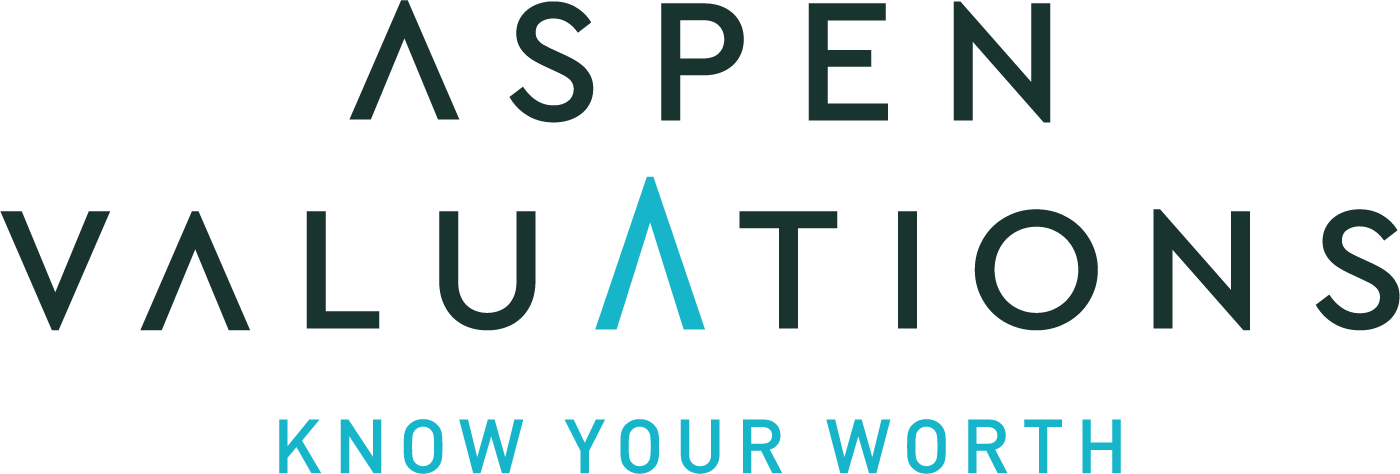Demystifying Valuation: Common Methodologies for SaaS Companies
2.5 min read.
The world of software as a service (SaaS) has experienced explosive growth in recent years, and as a result, investors and entrepreneurs alike are seeking ways to accurately value these businesses. With a subscription-based revenue model, SaaS companies have distinct characteristics that differentiate them from traditional businesses. Below are most common valuation methodologies used to determine the worth of SaaS companies.
Revenue Multiples
A popular and straightforward valuation method for SaaS companies is the revenue multiple approach. This method compares the company’s valuation to its annual recurring revenue (ARR) or its total annual revenue. To calculate the revenue multiple, investors commonly use the Price-to-Sales (P/S) ratio, which is the company’s market capitalization divided by its revenue.
While the revenue multiple approach is easy to understand, it doesn’t account for differences in growth rates, profitability, or customer churn. As a result, it’s essential to consider other valuation methods to gain a comprehensive understanding of a SaaS company’s worth.
Discounted Cash Flow (DCF) Analysis
The Discounted Cash Flow (DCF) analysis is a widely used valuation method that projects a company’s future cash flows and discounts them to present value terms. This approach accounts for the time value of money, which makes it especially relevant for valuing high-growth SaaS companies with significant future revenue potential.
The DCF method requires several inputs, such as revenue growth, profit margins, customer acquisition costs, and churn rates. It’s crucial to use accurate and reasonable assumptions for these inputs, as they can significantly impact the valuation.
Rule of 40
The Rule of 40 is a unique valuation methodology for SaaS companies that combines revenue growth and profitability. The rule states that a healthy SaaS company should have a combined revenue growth rate and profit margin of at least 40%. The higher the sum, the more valuable the company is considered to be.
To apply the Rule of 40, simply add the company’s revenue growth rate percentage to its EBITDA (earnings before interest, taxes, depreciation, and amortization) margin percentage. If the result is 40% or higher, the company is generally considered to be performing well and may command a higher valuation.
Customer Lifetime Value (LTV) to Customer Acquisition Cost (CAC) Ratio
Another crucial metric for SaaS valuation is the LTV to CAC ratio. This method compares the value of a customer over their lifetime with the company (LTV) to the cost of acquiring that customer (CAC). A higher LTV to CAC ratio indicates a more efficient business model, which can positively impact the company’s valuation.
Investors typically look for an LTV to CAC ratio of at least 3:1, which suggests that the company is effectively acquiring customers and generating significant value from them. However, it’s essential to strike a balance between growth and profitability, as a very high LTV to CAC ratio may indicate underinvestment in customer acquisition.
Valuing SaaS companies can be a complex process due to their unique characteristics and growth trajectories. The methodologies outlined above – revenue multiples, DCF analysis, Rule of 40, and LTV to CAC ratio – can provide investors and entrepreneurs with a well-rounded perspective on a company’s worth. It’s essential to consider multiple valuation methods and use accurate assumptions to arrive at a comprehensive and reliable estimate of a SaaS company’s value. Contact us today to discuss how we can assist you with the valuation of your SaaS business.

